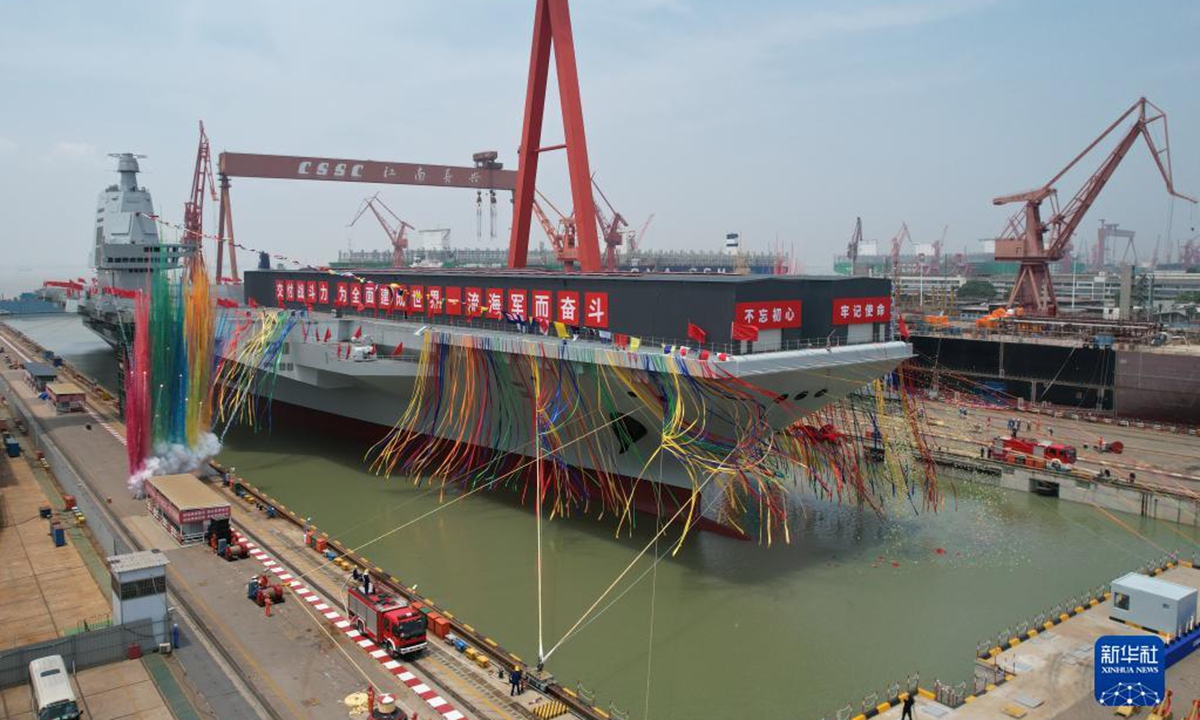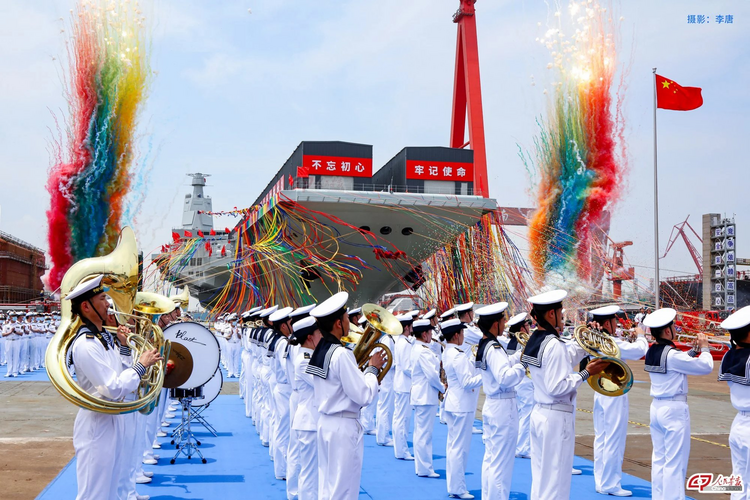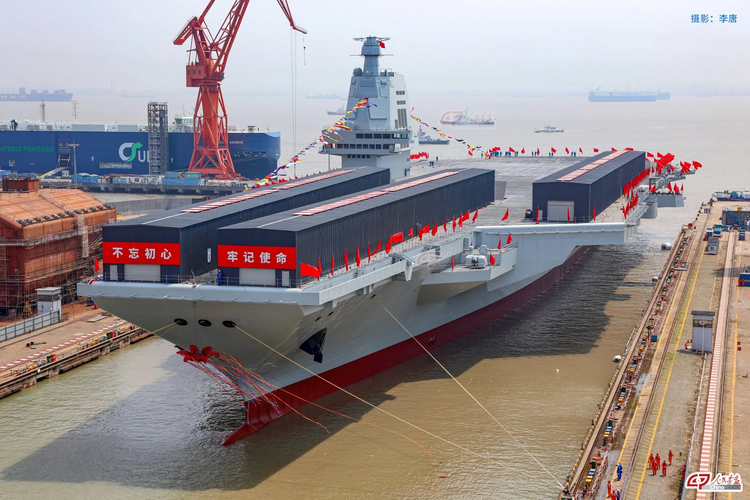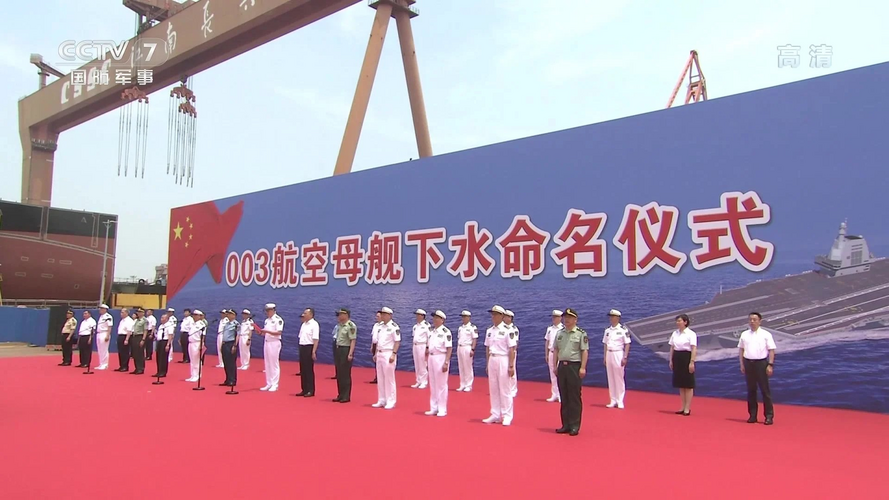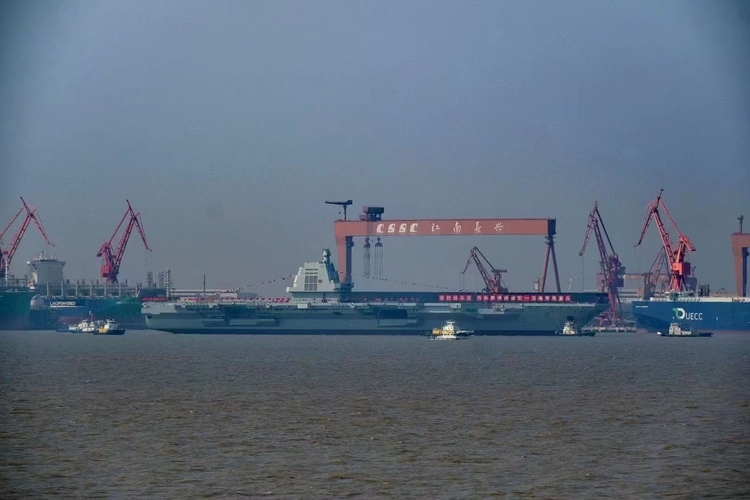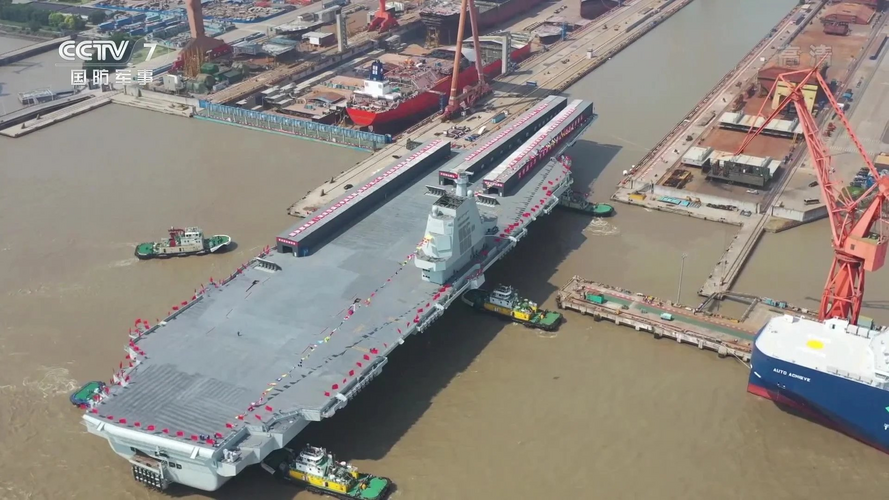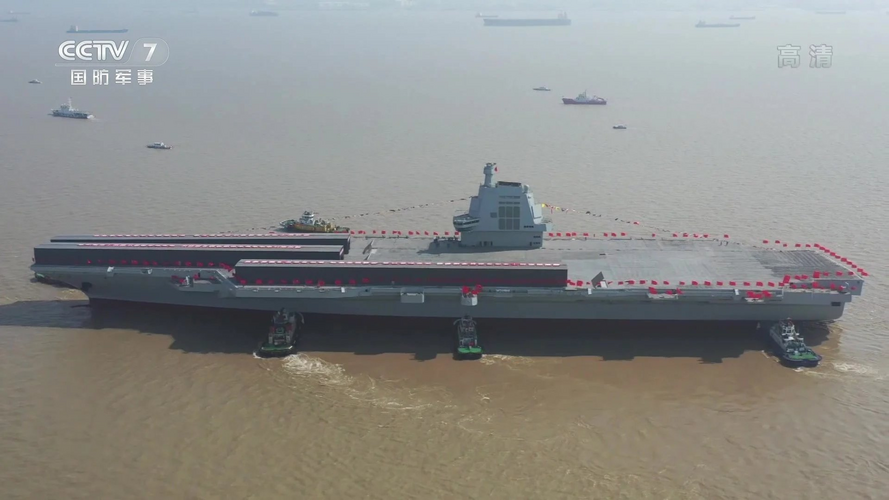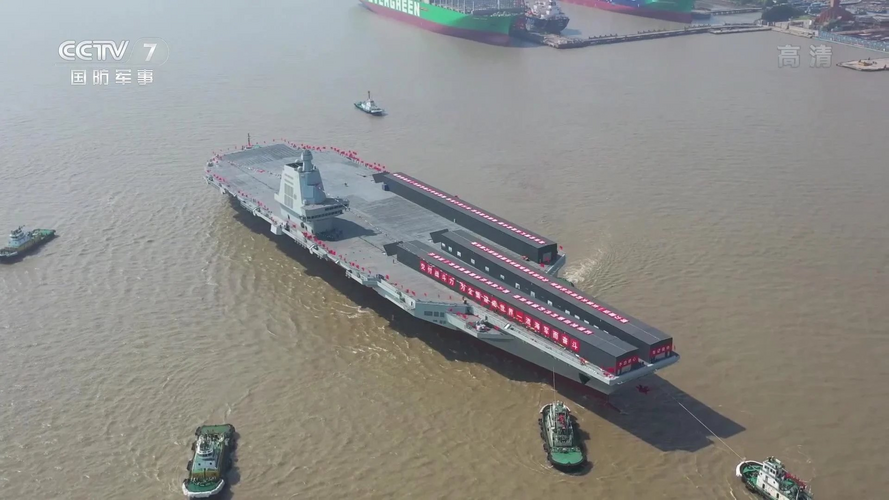Question might be whether carriers have had their day or not. Weapons like the DF-21 and hypersonic anti-ship missiles must be making it increasingly difficult to protect these assets. They are reaching the point battleships reached at the end of WW2, large, slow major assets that are vulnerable to the latest innovation.
This is, IMO, a misunderstanding of both a carrier's primary means of defense and why carriers supplanted battleships. To the latter first, carriers supplanted battleships because carriers could do a battleship's job better, not because they were less vulnerable. Carriers were arguably
more vulnerable than battleships. There is no such platform in existence or conception that can do the same for the carrier - there is still no real substitute for a mobile, floating airfield.
Conversely, ASBMs and hypersonic anti-ship missiles make the task of stopping an attack on a carrier harder, but they don't make it any easier to find and track a carrier that doesn't want to be found. The ability of a carrier to move in the vast areas of ocean defined by the combat radius of its aircraft remains its best defensive tool, and besides, it's not like these super-fast missiles are unstoppable. Part of the tradeoff with these missiles is reduced sensor capabilities; they're going to be easier to countermeasure than subsonic missiles.

